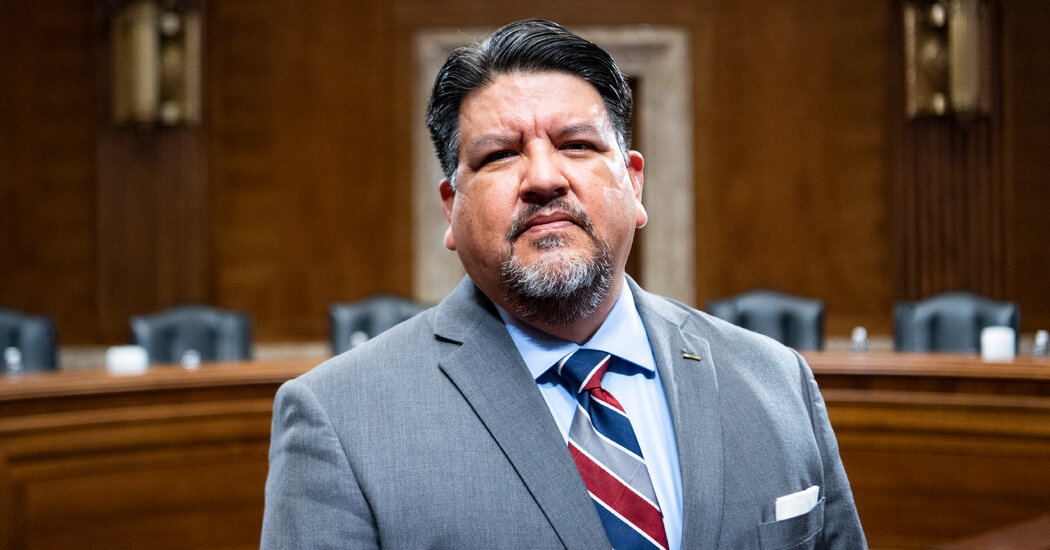Last December, Charles F. Sams III made history when he became the first Native American to be appointed director of the National Park Service. He had his work cut out for him.
The number of visitors to the biggest parks in the United States is at an all-time high, road repairs and other infrastructure upgrades are badly needed and climate change poses an increasing threat through coastal erosion, landslides, floods and other effects. To address these issues, Congress in 2020 passed a $9.5 billion package known as the Great American Outdoors Act, which Mr. Sams will help implement.
It’s a big job, yet Mr. Sams has spent a career navigating the complexities of tribal land management. Most recently, he served as the executive director of the Confederated Tribes of Umatilla Indian Reservation in northeast Oregon, where he now lives. Mr. Sams, who is Cayuse and Walla Walla, credited his grandfather with instilling in him a responsibility to native plants and wildlife.
“He would ask me questions from time to time, to paint a picture of our relationship, as humans, with the flora and fauna,” he said. “That was an important part of my education growing up.”
This conversation has been edited for clarity and length.
What was it like to be sworn in on the steps of the Lincoln Memorial?
Interior Secretary Deb Haaland and I went to the second landing of the marble steps, and she had me look down at my feet, so I could recognize that I was standing where Dr. King gave his “I Have a Dream” speech. Ms. Haaland, who is Native American, said, “we are embodying Dr. King’s dream.” I was greatly honored.
Secretary Haaland has spoken about the importance of accessibility. What have been the challenges to making our parks accessible to all Americans?
One issue stems from affordability. In Florida, we’ve partnered with the cities of Homestead and Miami and are running buses out to Biscayne and Everglades in order for low-income families to get out into the parks system.
Many parks were built in the 1920s, 30s and 40s, and didn’t have A.D.A. accessibility. We’re very pleased to use a portion of the Great American Outdoors Act money to offer upgrades so folks who may have disabilities can experience the parks in a different way. For example, in Washington, there are now smaller versions of statues at the Franklin Delano Roosevelt Memorial visitors center, so folks who have sight issues can have that tactile experience.
You previously served as executive…
Click Here to Read the Full Original Article at NYT > Travel…
